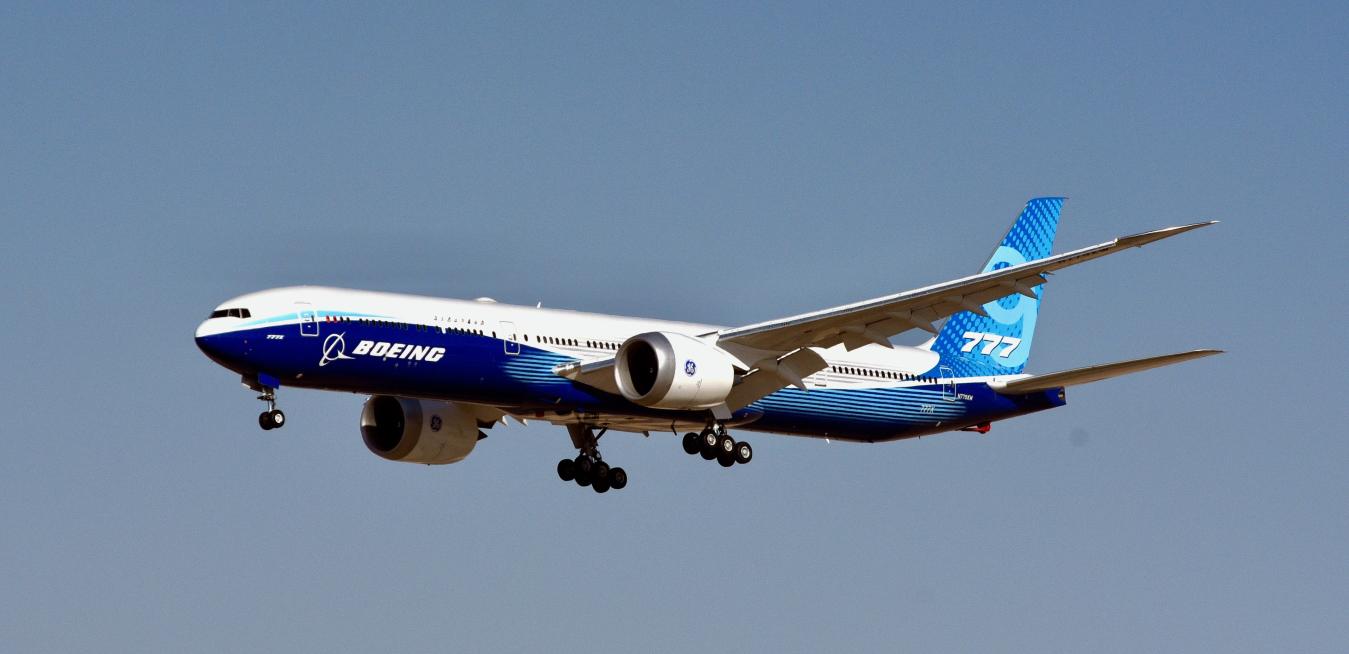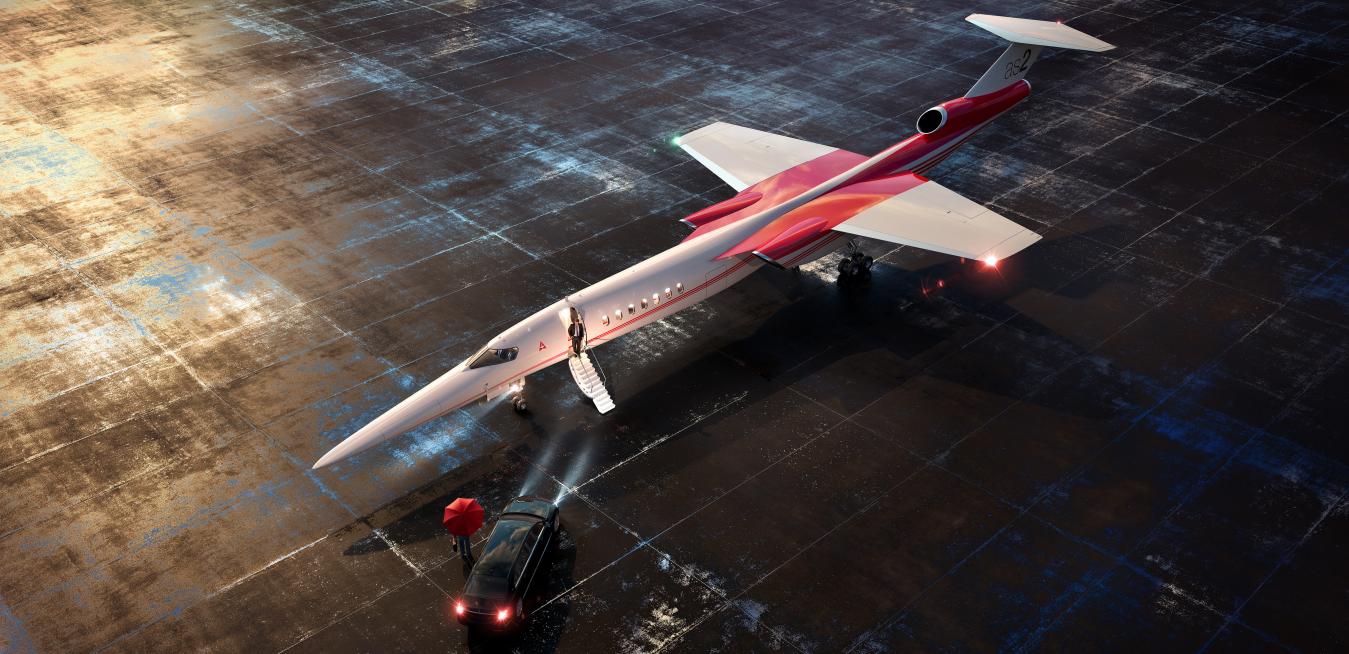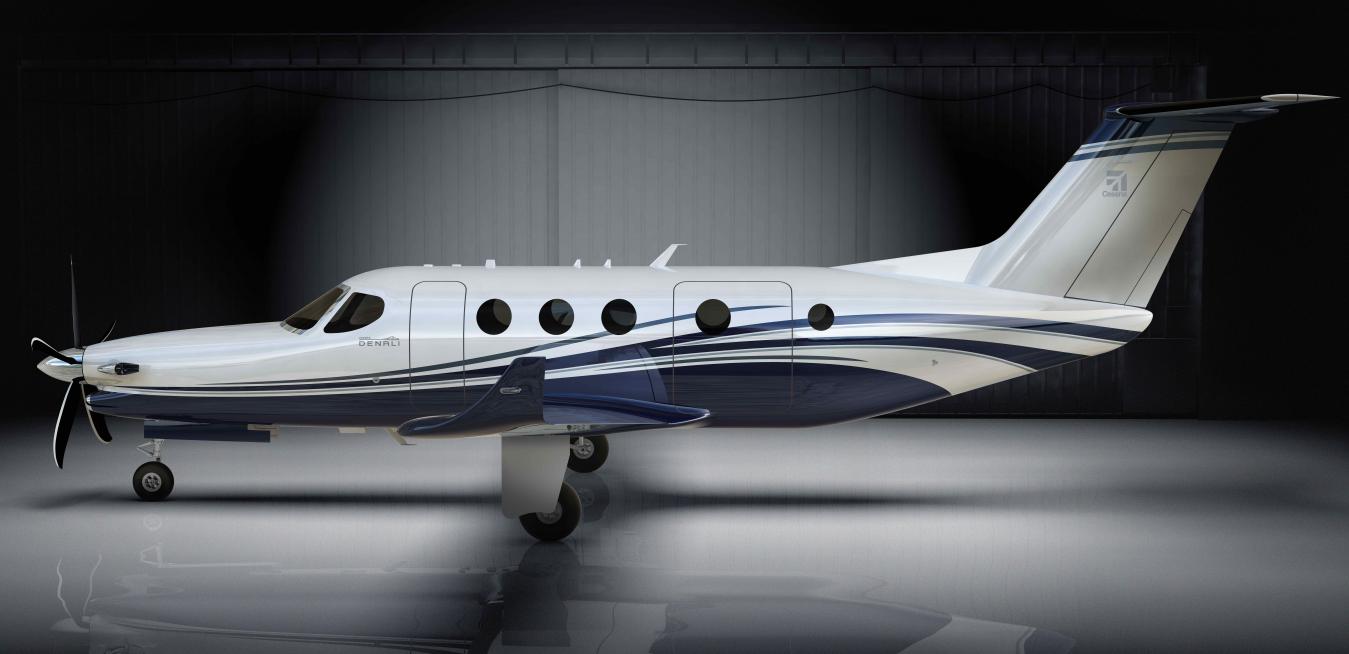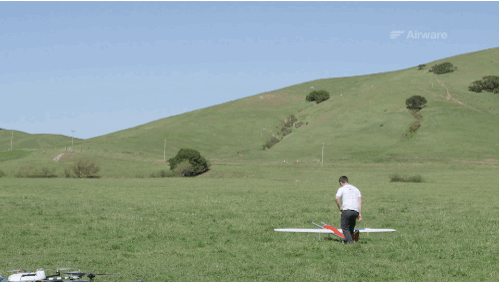It took Boeing years to develop its newest wide-body passenger jet, the 777X, but just 15 hours to fly it from Seattle to the United Arab Emirates, where the plane made its public debut at the Dubai Airshow on Sunday. First impressions? “Magnificent 777X is out to impress,” one front-page headline declared. “X-pectant,” said another.
Time-strapped travelers will like the sound of this. Early in February, Boeing announced it would partner with Aerion Supersonic, a Nevada company that has spent the last two decades developing a supersonic business jet called the AS2. Boeing said in a news release it would “provide engineering, manufacturing and flight test resources, as well as strategic vertical content, to bring Aerion’s AS2 supersonic business jet to market.”
The science behind a successful set piece involves three important forces on the soccer ball. Theoretical physicist Ken Bray shows visually how it all works.
Football has seen many innovations during its 150-year history. But few have affected the game as profoundly as technological changes to the aerodynamic properties of the ball. For nearly 40 years the ball’s panel pattern followed the classic hexagon-pentagon format with 32 panels, but in 2006 the design changed radically.









